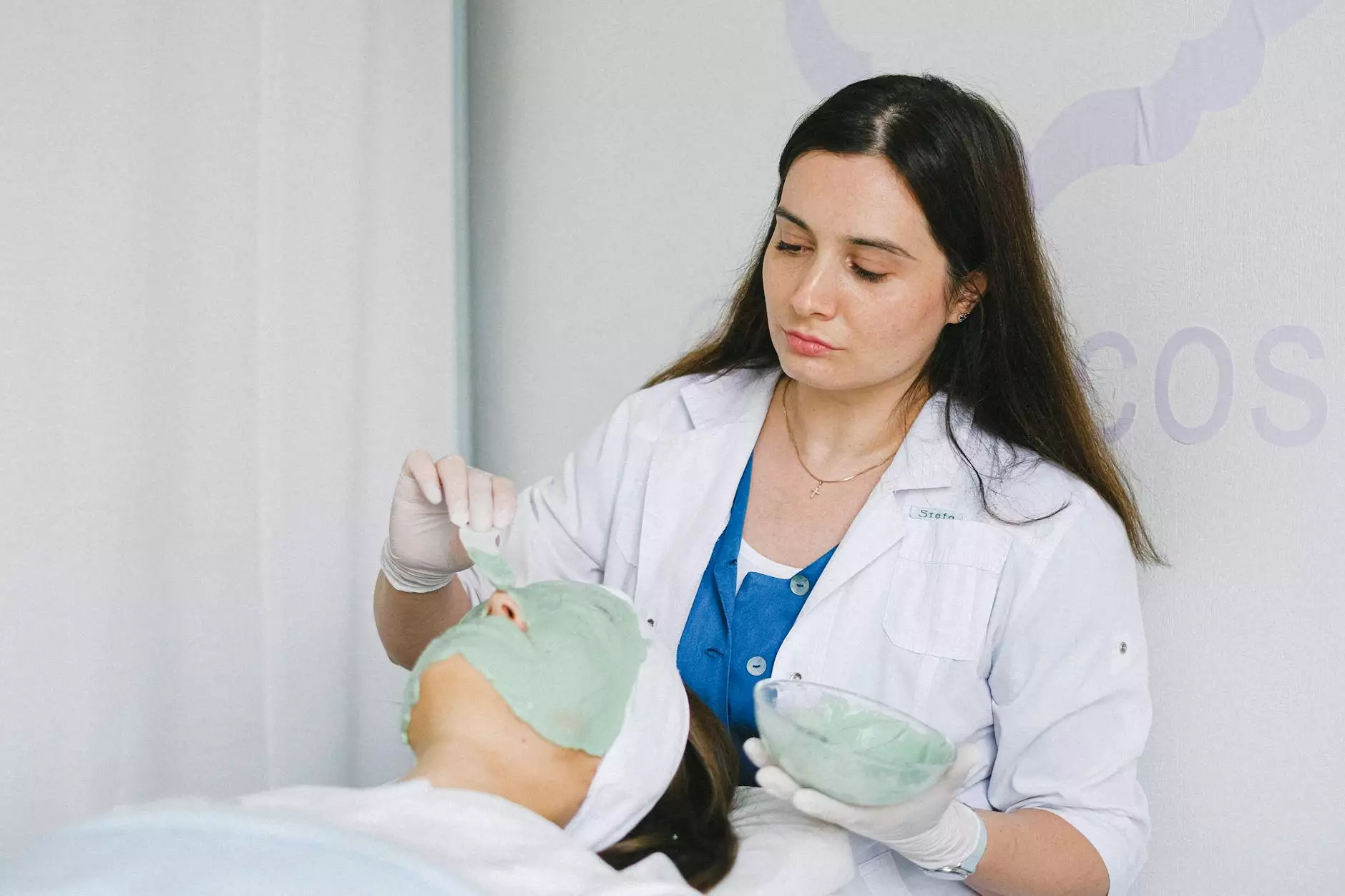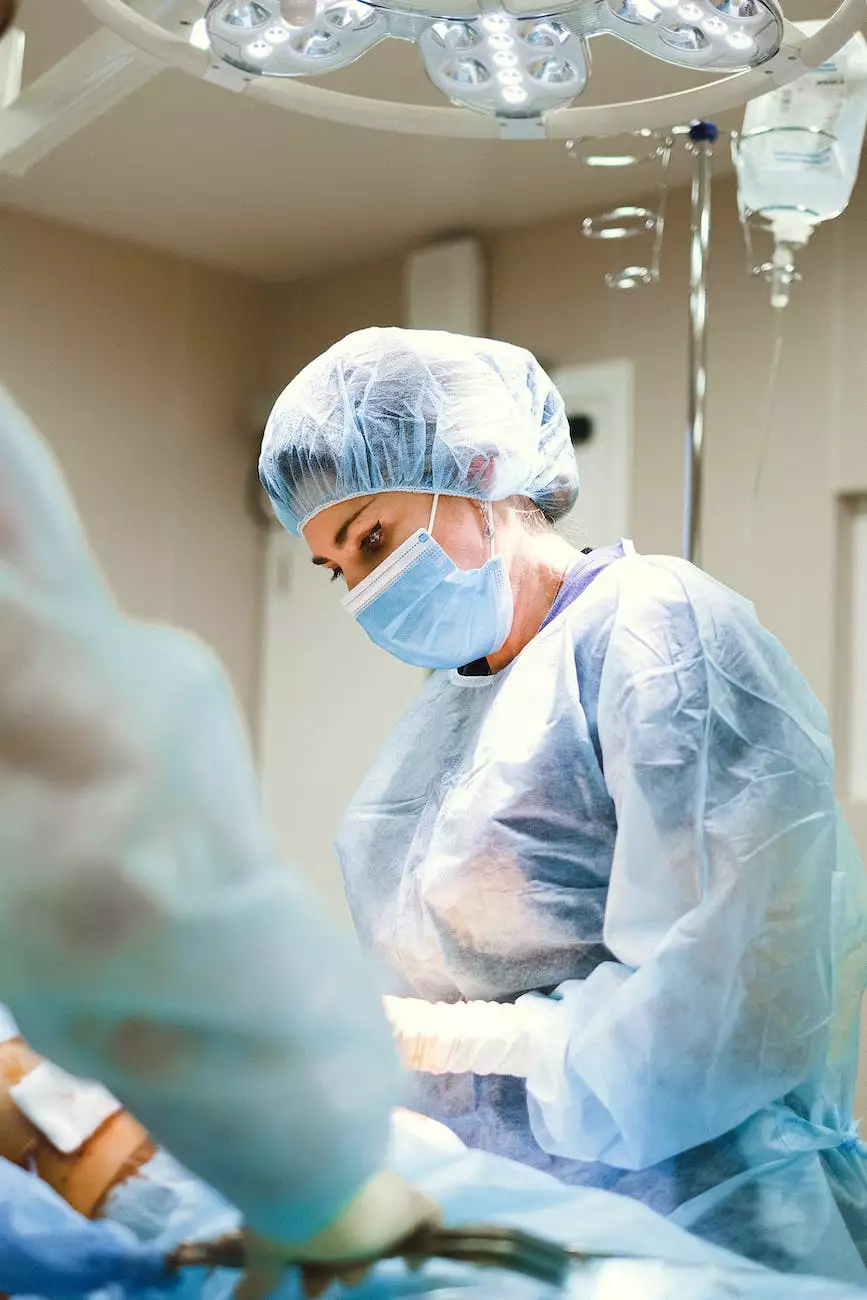Groin Pain and Injuries in Men - Piedmont HealthCare
Men's Health
Introduction
Welcome to Bowling Orthopaedics, your trusted source for comprehensive information on groin pain and injuries in men. We understand the impact that groin pain can have on your daily life and are committed to providing you with the highest quality of care and expertise in the field of orthopedics.
The Importance of Addressing Groin Pain and Injuries
Groin pain and injuries can significantly affect a man's mobility and overall well-being. Ignoring or neglecting such issues may lead to chronic pain, limited range of motion, and potential long-term complications. It is crucial to seek professional assistance to accurately diagnose and treat groin pain and injuries to regain optimal functioning and prevent further damage.
Common Causes of Groin Pain and Injuries
Groin pain in men can arise from various factors, including:
- 1. Sports-related injuries: Participating in high-impact sports activities, such as soccer, rugby, hockey, or basketball, can increase the risk of groin injuries. Straining or tearing the muscles and tendons in the groin area is a common occurrence.
- 2. Repetitive movements: Continuously performing repetitive motions that put strain on the groin muscles, such as kicking, twisting, or running, can lead to overuse injuries. This often affects athletes or individuals engaged in physically demanding occupations.
- 3. Hernias: Groin hernias occur when abdominal organs protrude through weakened muscles in the groin area. This can cause discomfort, pain, and potentially require surgical intervention.
- 4. Strained or pulled muscles: Overexertion, sudden movements, or inadequate warm-up prior to physical activity can result in strained or pulled muscles in the groin area.
- 5. Infections or inflammation: Infections, such as epididymitis or prostatitis, and inflammation in the groin area can lead to pain and discomfort. Proper medical evaluation is necessary to determine the underlying cause.
- 6. Traumatic injuries: Accidents, falls, or direct trauma to the groin area can cause severe pain and potentially result in fractures or dislocations.
Signs and Symptoms of Groin Pain and Injuries
Groin pain and injuries may manifest with various signs and symptoms, including:
- 1. Pain or discomfort in the groin area, ranging from mild to severe.
- 2. Swelling, bruising, or tenderness in the affected area.
- 3. Limited range of motion or difficulty with certain movements, such as walking, running, or lifting.
- 4. Pain or discomfort that worsens during physical activity or movement.
- 5. Radiating pain to nearby areas, such as the hips, thighs, or lower back.
- 6. Feeling of weakness or instability in the groin.
Treatment Options for Groin Pain and Injuries
At Bowling Orthopaedics, we offer a comprehensive range of treatment options tailored to each individual's unique needs. Our expert orthopedic specialists will assess your condition and recommend the most appropriate approach, which may include:
- 1. Rest and activity modification: In mild cases, taking a break from strenuous activities and allowing the groin to heal on its own may be sufficient.
- 2. Physical therapy: Targeted exercises and therapeutic techniques can help strengthen the muscles in the groin area, improve flexibility, and promote healing.
- 3. Medications: Nonsteroidal anti-inflammatory drugs (NSAIDs) or pain relievers may be prescribed to alleviate pain and reduce inflammation.
- 4. Injection therapies: In some cases, corticosteroid or platelet-rich plasma (PRP) injections might be recommended to reduce pain and promote tissue healing.
- 5. Surgical intervention: Severe or persistent groin injuries may require surgical intervention to repair damaged tissues, correct hernias, or address other underlying issues.
- 6. Rehabilitation and postoperative care: Following surgical procedures, a customized rehabilitation plan will be developed to help you regain strength, mobility, and function in the groin area.
Prevention Strategies for Groin Pain and Injuries
While some groin pain and injuries may be unavoidable, several preventive measures can help reduce the risk or severity of such issues. Consider the following strategies:
- 1. Warm-up and stretching: Prior to engaging in physical activities or sports, ensure you properly warm-up and engage in dynamic stretching exercises to prepare the groin muscles.
- 2. Strength training: Regularly incorporating exercises that target the muscles in the groin area can improve their strength and stability.
- 3. Proper technique and form: Whether participating in sports or performing any physical activity, using proper technique and form can help minimize the strain on the groin.
- 4. Gradual progression: Avoid sudden increases in exercise intensity or duration. Gradually progress to allow your body to adapt and reduce the risk of overuse injuries.
- 5. Protective equipment: When engaging in contact sports, be sure to wear appropriate protective gear, such as supportive groin guards or compression shorts.
- 6. Listen to your body: If you experience pain or discomfort during physical activity, take a break and seek medical attention if necessary.
Conclusion
At Bowling Orthopaedics, we understand the challenges and impact of groin pain and injuries in men. With our expertise and commitment to delivering personalized care, we strive to help individuals overcome these issues and regain optimal functioning. If you are experiencing groin pain or have sustained a groin injury, contact Bowling Orthopaedics today and schedule a consultation with our specialists. Take the first step towards a pain-free and active life.




